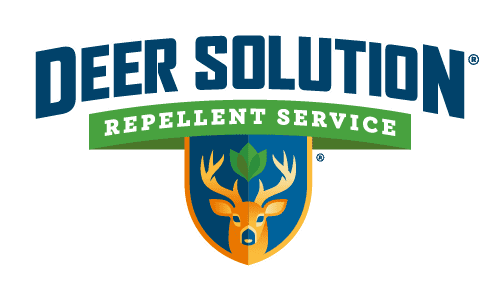In Somerset County, New Jersey, a critical environmental issue is unfolding: the escalating challenge of deer overpopulation and its impact on local agriculture and ecosystems. This situation, marked by complex interplays between nature and human activities, demands a nuanced understanding and strategic responses.
The Fluctuating Deer Population
The latest data from the Maryland Department of Natural Resources reveals an intriguing development in Somerset County’s wildlife dynamics. The region experienced a 4.2% decrease in the white-tailed deer harvest during the firearms season compared to 2022.
This unexpected shift suggests a potential change in deer population dynamics or hunting patterns, presenting a new aspect to the county’s deer management strategies.
Impact on Agriculture and Legislative Measures
Farmers in Somerset County are at the frontline of this environmental challenge. Deer can cause extensive damage to crops, leading to significant economic losses.
In response, New Jersey’s lawmakers have taken proactive steps by passing legislation to expand deer fencing grants. This initiative, aimed at providing practical solutions to protect agricultural land from deer damage, reflects a growing awareness and commitment to addressing the problem at a legislative level.
Wider Ecological Effects
Beyond the agricultural sector, deer overpopulation in Somerset County has broader ecological implications. High deer densities can lead to forest degradation, disrupt local ecosystems, and increase road safety hazards due to more frequent deer-vehicle collisions.
These issues underscore the need for comprehensive wildlife management programs that consider the entire ecological system.
Community-Based Approaches and Solutions
Addressing deer overpopulation in Somerset County requires collaborative efforts involving various stakeholders, including local communities, farmers, environmentalists, and policymakers.
Community-based deer management programs, public awareness campaigns, and initiatives like venison donation can help mitigate the negative impacts of deer overpopulation while promoting ecological balance.
Sustainable Strategies for the Future
The challenge of managing deer populations in Somerset County calls for sustainable and multifaceted approaches. This involves ongoing research, adaptive wildlife management strategies, and the development of policies that balance agricultural needs with ecological preservation.
Engaging local communities in these efforts is vital for achieving long-term solutions that benefit both the natural environment and human interests.
The situation in Somerset County is a vivid example of the complexities involved in managing wildlife populations in a way that harmonizes with human activities and environmental conservation. It demands informed, sustainable solutions to ensure the well-being of the agricultural sector, the preservation of natural ecosystems, and the maintenance of the county’s rich biodiversity.










